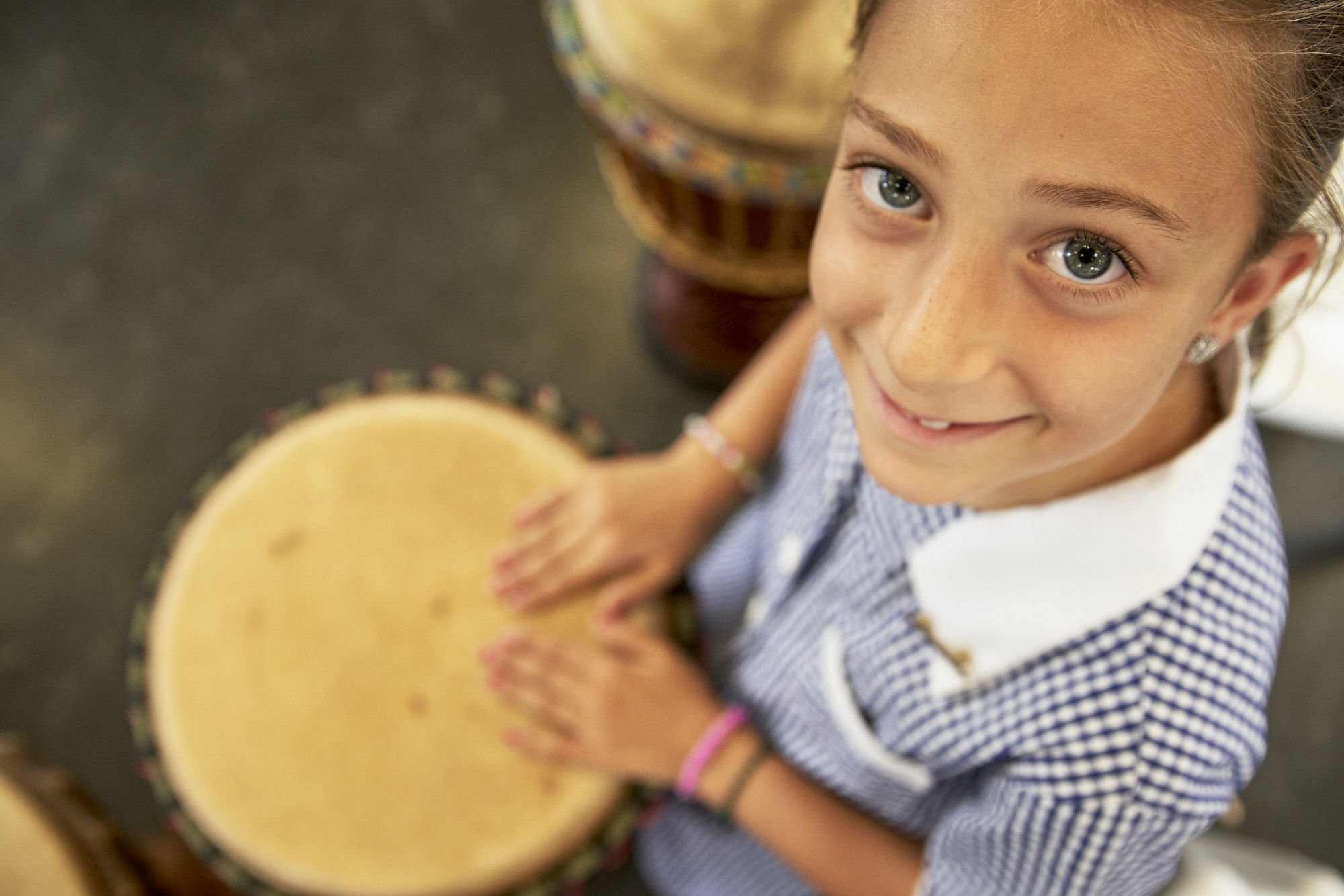Why is building wellbeing and resilience so important? When physical, emotional and social needs are met, students are in the best position to engage in the learning process. Students who have their needs met are students who can learn. When children experience anxiety or low self-esteem, they tend to shut off and shut down, exacerbating their disconnection from learning and from their classmates.
Students need to be physically comfortable (which is easier to influence than you may think), they need to feel calm and at ease with their environment and the people in it, and they need to develop meaningful relationships with others.
As a teacher, if you can provide opportunities for these things to occur in your classroom you will be going a long way to help your students to build confidence, connection and self-esteem. Most importantly the better your students feel, the more effectively they will learn.
Here are some ideas to help:
Physical Space
Creating an environment that has a positive impact on students’ wellbeing is a subtle yet powerful way we can make a difference as teachers.
Some ideas of how to create a healthy and comfortable working classroom include:
- Use natural light and provide good ventilation – open the windows, even if it is just a little
- Display students’ work – affirm their efforts by making the classroom their space
- Create space that encourages equal participation – sit in a class circle for games and discussions
- Create good acoustics for easy listening – a space that doesn’t echo sound can be created by hanging soft material on the walls; and
- Take the class outdoors – make time each day for some outside activities to encourage big movements and more vigorous play.
Emotional Space
The Arts have long been known as an effective and enjoyable way to build wellbeing and resilience. Research suggests that music and art-making can stimulate the body’s natural feel good chemicals (e.g. endorphins, oxytocin). It can help energise the mood and provide an outlet for students to take control of their feelings.
Activities that inspire, help process emotions and expand thinking are easy to find when working with the Arts. Some examples may be:
- Share stories – students build trust and understand that they are they are similar and different in many ways; and that’s okay.
- Change the mood of the room – provide spontaneous moments of joy or stress release, through dance and movement
- Write, draw or paint to explore emotions – provide new ways to think and talk about experiences
- Encourage collective activities – create a bucket-band to build teamwork and provide a feeling of belonging; and
- Imagine a different world – Create a theatre piece to encourage alternative outlooks and options.
Social space
Student should feel calm and at ease with their environment and the people in it. Providing opportunities to communicate and develop meaningful relationships with others will create a positive class culture.
Some ideas of how to create a healthy working classroom include:
- Work together to come up with behaviour expectations that the entire class buys into
- Have a routine of giving positive feedback and kind comments to peers through discussions or sticky notes on a special notice board
- No put downs – make it a class rule and practice it; and
- Value all skills and ideas – validate individuals for their ideas, differences and contribution.
We’ve hand-picked some excellent ARTS:LIVE resources for teachers’ to use in the classroom to help students express themselves, work collaboratively and enjoy time with each other.
Harmonic Shift – Songs of Resilience
Encourage students to view our songs of resilience and wellbeing, with stop motion animated videos designed to foster respect and resilience. Students will also be able to build their musical confidence while exploring socio-emotional themes in their own songs.
Transition Songs for Early Years
It is important that children are supported emotionally and socially during their first year of school. In this resource, educators will be able to access 14 short and informative songs that can easily be incorporated into the class routine.
Cloud Child
This highly visual, non-verbal narrative is the perfect way to bring visual arts and drama into the classroom. Students will love learning how to make their very own cloud child doll with this resource, which is a highly visual, non-verbal narrative which supports creative thinking and self-expression. This resource is performed with Makaton sign language for children with diverse learning requirements.
Portray Yourself
Encourage students to consider the importance of identity imagery as they create a self-portrait and explore portraits from the National Gallery of Victoria as they consider the relationship between artist, subject and the audience in portraiture. Portray Yourself includes creative extension activities with opportunities for self-reflection and observation, while encouraging students to develop their empathetic skills and critical thinking.





